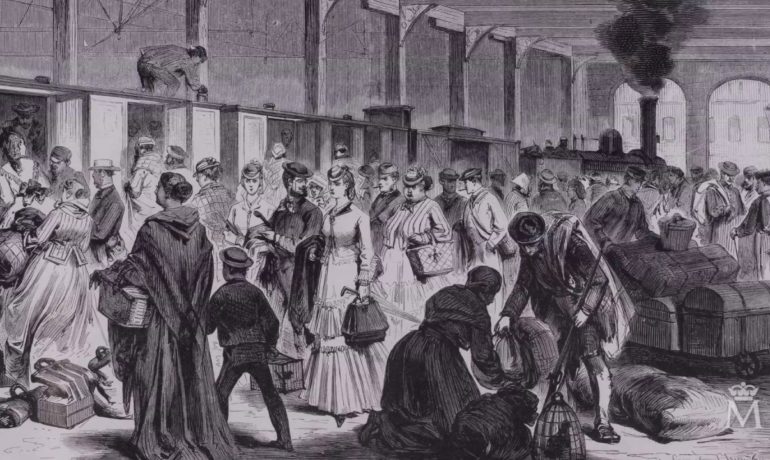With this blog entry a trilogy begins in which the historical evolution of hair from Prehistory to the present day is explained.
PREHISTORY AND ANCIENT AGE:
The magical-religious importance of hair meant that in ancient times its care had considerable importance in many societies. It is possible that the first tool used by man to cut hair was the extremely sharp flints of flint stone. The haircut was undoubtedly due to practical or ceremonial matters and had nothing to do with the uniquely aesthetic motifs of later times. Fishbones, animal teeth and dry twigs of various plants were the primitive combs of those people, who are supposed to have even used blood, fats and vegetable dyes as dyes to dye their hair, always for ritual reasons.
EGYPT:
Who does not remember the classic hairstyle of Egyptian women from the engravings that have survived to the present time? The extremely elaborate Egyptian culture was among the first to consider hair a fundamental element of physical beauty and treated it already with aesthetic functions, even though it also had social and religious uses. Wigs and dyes are considered inventions belonging to the culture of the pyramids, and it is to them that owes the usefulness of henna in hair colouring, still used today to obtain reddish and mahogany tones.
GREECE:
The Greeks made the cult of beauty one of the pillars of their culture. The hairstyles that triumphed in her day were extremely elaborate and full of detail. Unlike the Egyptians, the Greeks loved the movement expressed through multiple curls and waves. Also for men curly hair was considered an exponent of beauty.
In Greece, as in Egypt, slaves were responsible for keeping the heads of their masters as beautiful as possible. But Greece brought a new element: the beauty salons, where the most select heads were groomed and groomed. Another of the innovations of the time came from the hand of Alexander the Great, who as a result of his conquests in the East, provided all kinds of magic recipes to dye and shape the hairstyle, formulas of cosmetics that began, at that time, to see the light.
THE IBERIAN:
In our lands the Iberians had followed their own criteria. To date, testimonies have only come down to us through little lady figurines, from which the enormous influence of Greek culture has been discovered. Thus, a delicious mix between the indigenous and the imported is observed, showing, for example, headgear objects similar to wheels, which some experts have identified with braided, coiled and cloth-covered hair (see the famous “Lady of Elche” who , although its authenticity has been questioned, it is a clear attempt to reflect a hairstyle of the time).
THE BARBARIAN PEOPLE:
The peoples whom the Romans called “barbarians” were, in matters of hairdressing, like many others, eminently practical people. Long and dirty hair could be really annoying and being humble peoples and little given to value and consider aesthetic criteria made braids and ponytails their flagship hairstyles. So the Huns who came from the East coincided with Celts and Vikings from Central and Northern Europe: long, braided hair (black in the former and blond or redhead in the others).
ROME:
Among the many cultural adoptions that the Romans took from the Greeks, there are, of course, aesthetic criteria, and among them that of showing lustrous hair and elaborate hairstyles with infinite details. Hair was short for men and used to be tied with a ribbon. Women could drop their curly, corkscrew or slightly wavy hair, or bundle it up in ribbons at the nape of the neck, which they wrapped with hairnets and ribbons in the same way the Greeks did earlier.
But the Roman Empire not only took an example from Greek culture, but also looked at the beautiful blond hair of the northern peoples whom Julius Caesar held captive. The impact of this new tone had a great effect on women and tests to lighten hair began, among which the compound of goat suet, beech ash and chamomile flower became popular, despite the fact that it was harmful for the health of the already punished manes. Perhaps for this reason, or because it was more practical, wigs made from prisoners’ hair became popular. Hairdressing salons were already a business, although back then they did not exist globally as they do today, but were organized by specialities. In some, hairstyles were made, in others colour was given, in others.

